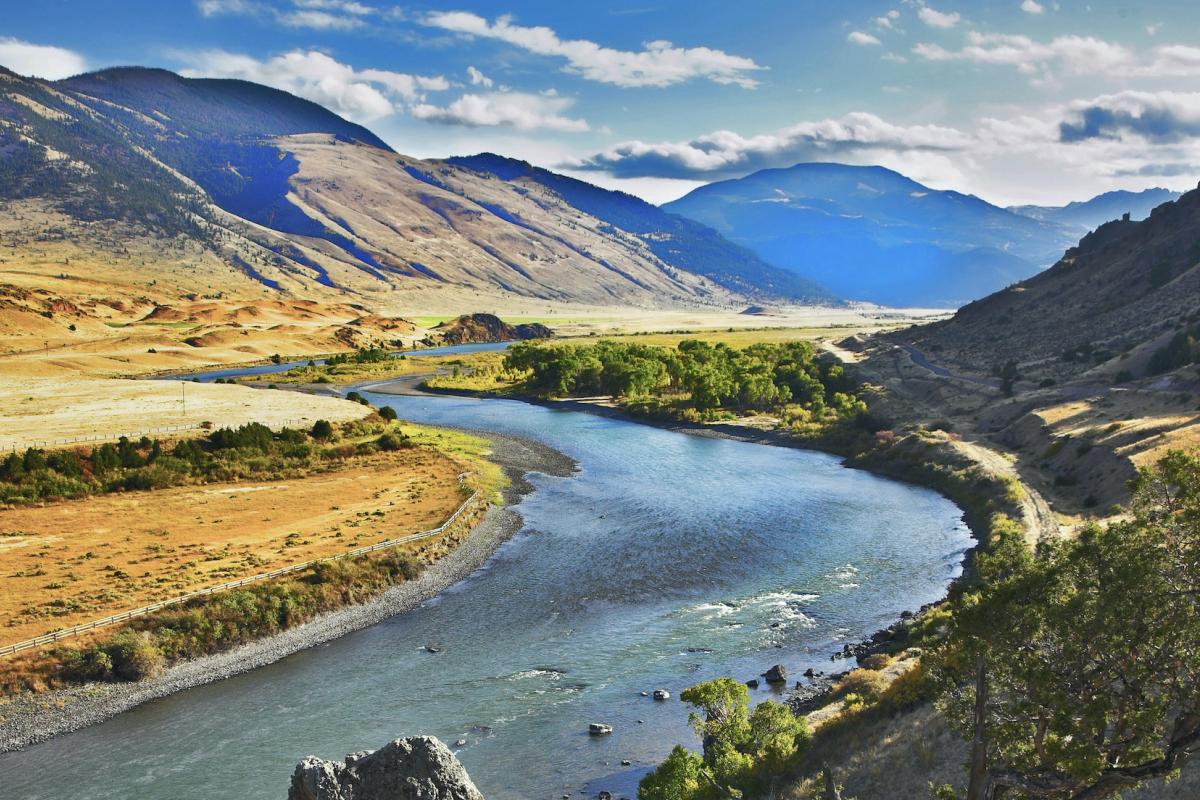Quarterly Climate Impacts and Outlook for the Missouri River Basin for December 2024–February 2025. Dated March 2025.
Despite a warm start, temperatures this winter were mostly below normal. This winter was dry, with snowfall well below normal across much of the northern and central Plains.
Quarterly Climate Impacts and Outlook for the Missouri River Basin for September–November 2024. Dated December 2024.
This fall was exceptionally hot across the basin, ranking the second warmest on record. Precipitation was well below normal for the Basin except for parts of Kansas.
Regional groundwater measurements in the Ogallala Aquifer show ongoing declines in aquifer water quality and quantity that are being exacerbated by warming trends and highly variable precipitation. The importance of this system, which is used for agriculture and is a main driver impacting socioeconomic activity and ecosystems in the region, cannot be overstated. Addressing regional aquifer depletion and other water-related challenges, including drought, is vital and necessary work.
This handout provides information on the typical La Niña winter pattern; the La Niña outlook; potential winter and spring impacts; and comparisons of conditions during previous La Niña years for the Missouri River Basin. Updated November 2024.
NOAA’s Regional Climate Services Program created these outlooks to inform the public about climate impacts within their respective regions. Each regional report contains easy-to-understand language, and anyone can access them through the U.S. Drought Portal.
Quarterly Climate Impacts and Outlook for the Missouri River Basin for June–August 2024. Dated September 2024.
Temperatures were slightly above normal this summer for most of the Basin. Precipitation this summer was mixed, with areas in the northern High Plains missing out on most of the rain.








